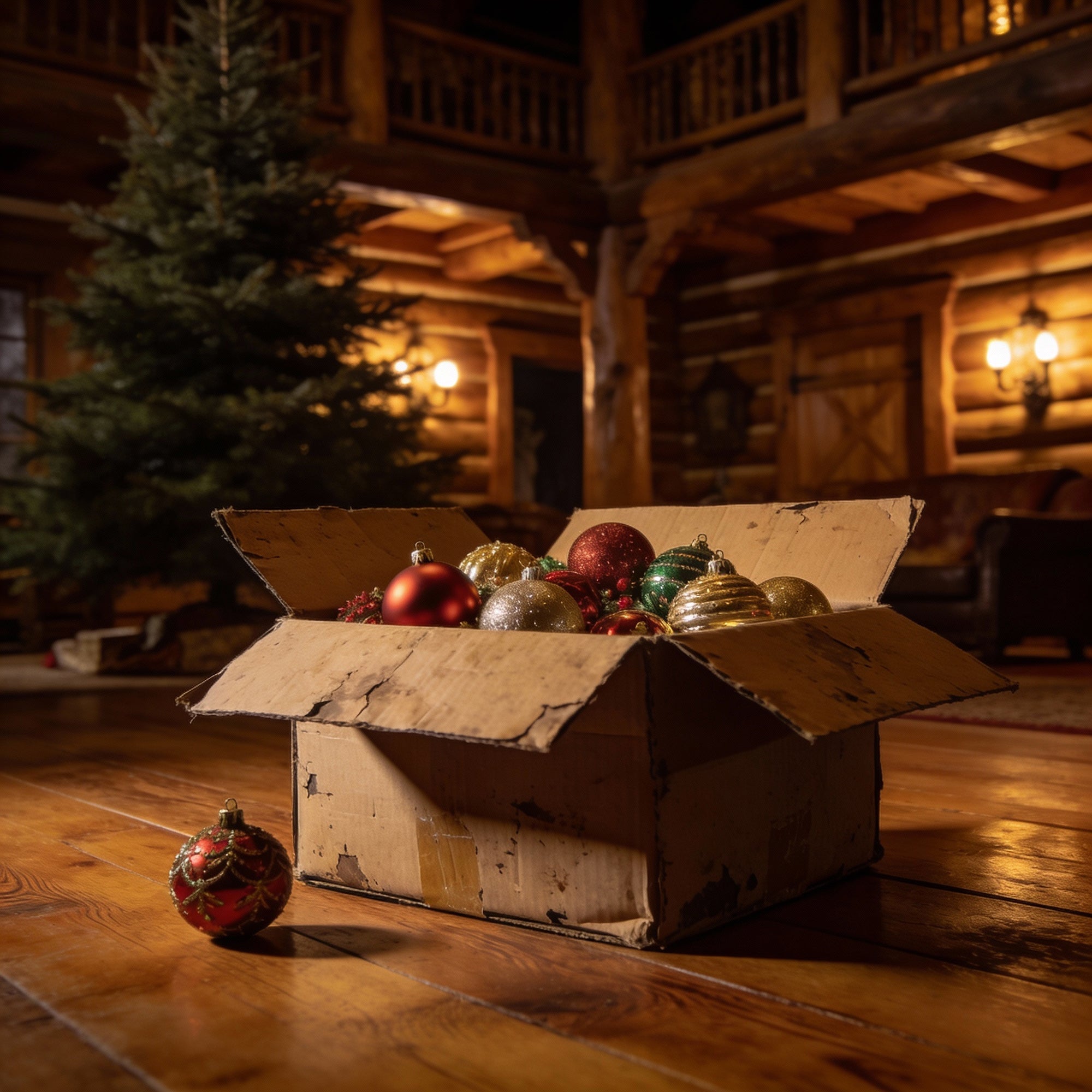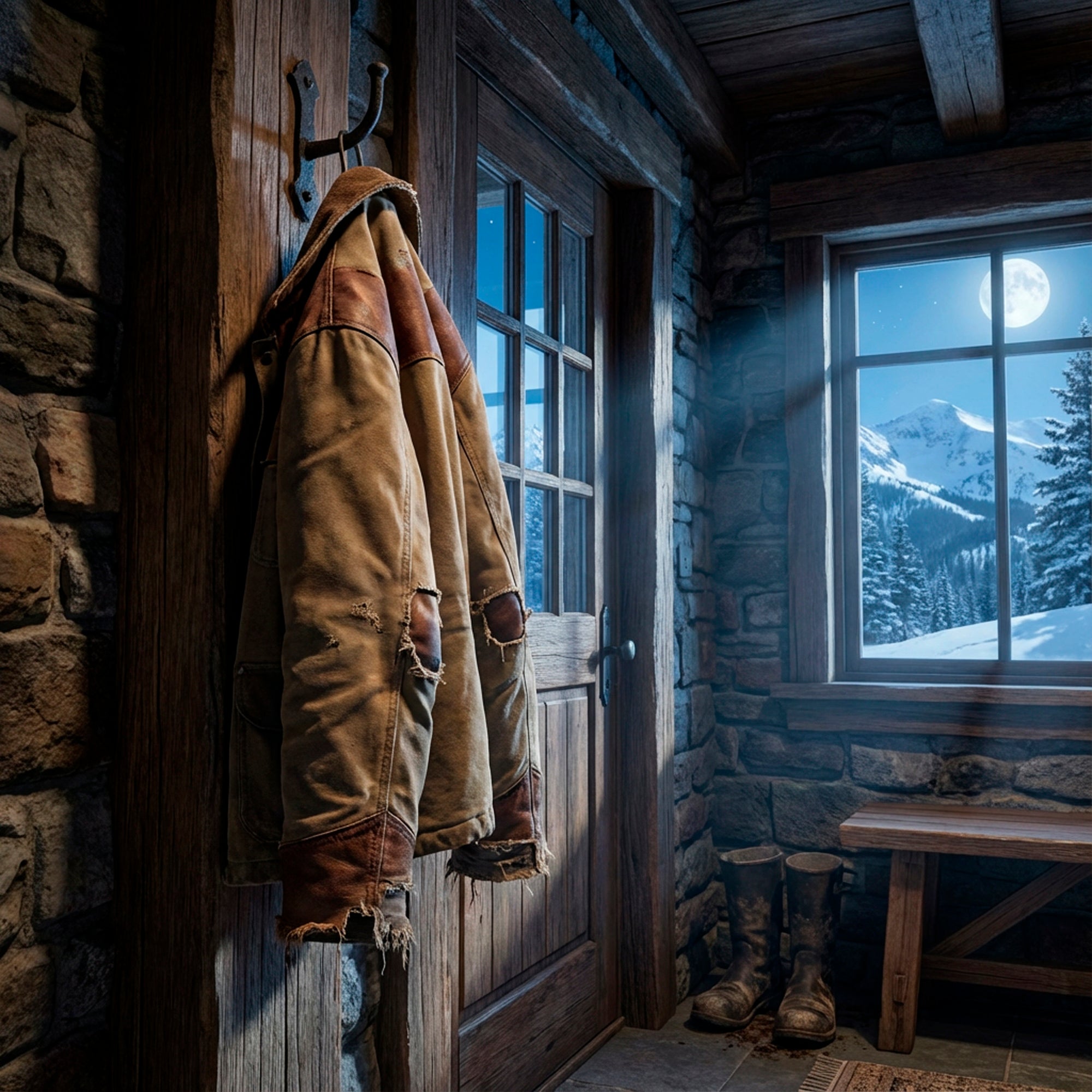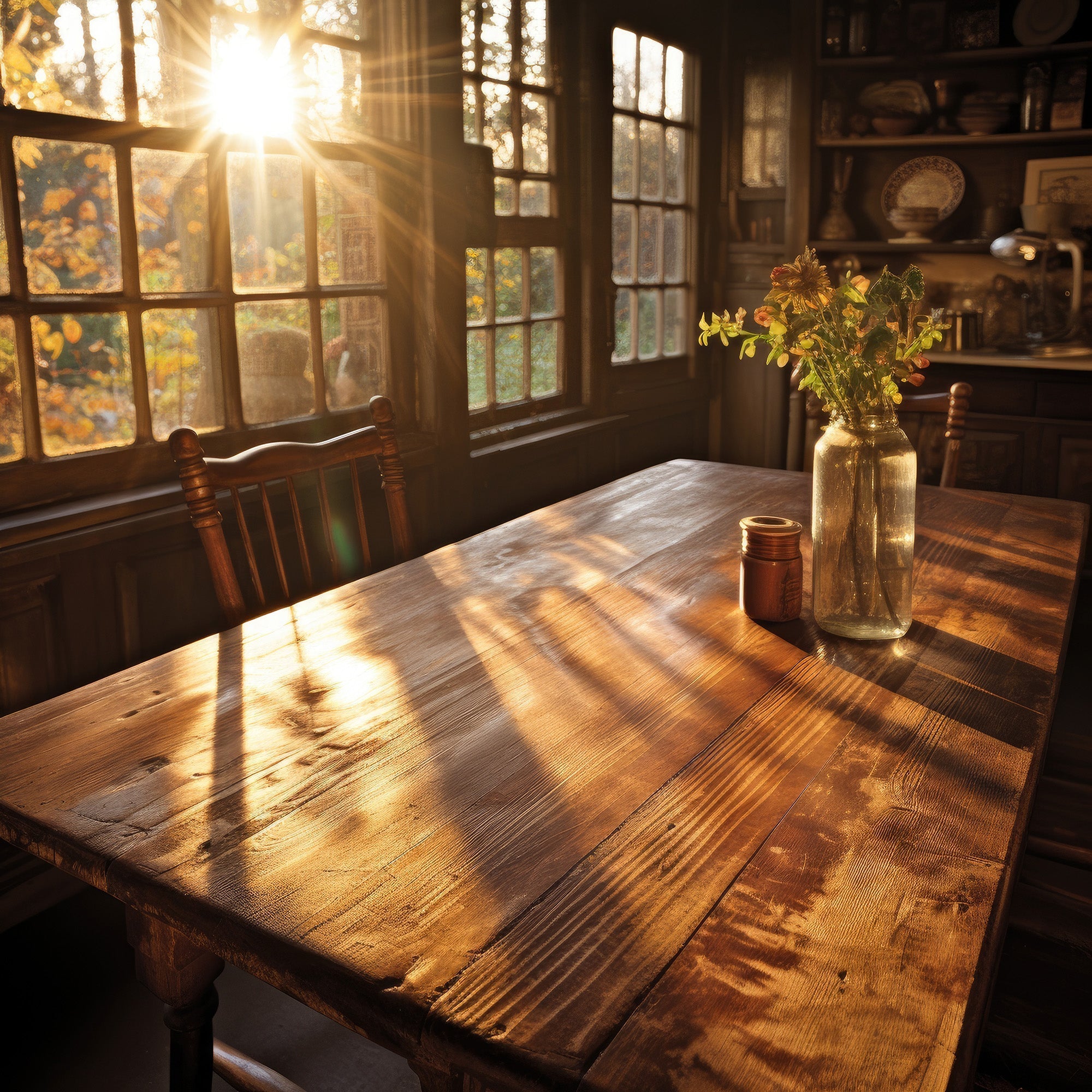Where the West Lives Long After the Sun Sets
A Western home doesn’t whisper trends. It speaks in textures — the creak of leather, the shimmer of hammered copper catching firelight, the scent of old wood that has seen both rain and sunrise.
To live in the West is to live surrounded by story. Every mark, every patina, every nail that holds a beam together tells of work, weather, and will. You can’t mass-produce that kind of soul. You can only build it — slowly, intentionally, and with reverence for what came before.
Designing a Western home isn’t about decoration; it’s about remembering. It’s about crafting a place where legacy lives quietly in the details, where time isn’t hidden but celebrated.
Designing with Memory
The truest Western spaces are built not from blueprints, but from memory. They’re filled with echoes — of family, of land, of moments that linger.
A sideboard once used by a grandfather. A saddle now displayed as art. The coffee table marked with a faint ring from a long-forgotten toast.
These aren’t flaws; they’re fingerprints. They remind us that homes are lived in, not staged.
When you choose heirloom-quality furniture — a hand-carved bed, a copper-topped dining table, or a weathered leather chair — you’re choosing to begin your own story. Someday, that table will bear its own marks. Someday, someone will run their hand over it and feel you.
The Beauty of Imperfection
Modern design too often chases perfection — smooth, sterile, untouched. But the Western home rejects that. Its beauty lies in evidence of use.
• Leather that softens with age becomes more inviting.
• Wood that shows its grain reveals its origin, its journey from forest to firelight.
• Copper that patinas changes daily, alive with time and touch.
These imperfections are what give life to a home. They’re proof of honesty — of materials, of craft, of living.
Perfection is sterile. Patina is poetry.
The Language of Materials
In the West, materials are storytellers. They carry emotion as much as they carry form.
• Leather speaks of endurance. Each crease is earned, each scar a testament to time.
• Wood is memory solidified — from mesquite to oak, each species carries the rhythm of growth and seasons.
• Copper is warmth made visible, changing hue with every sunrise.
• Iron is integrity, the quiet strength that keeps everything together.
• Hide & Wool bring the tactile comfort of nature indoors, grounding even the grandest spaces.
A room that balances these materials doesn’t need to say “Western.” It simply feels it — steady, grounded, eternal.
The Heirloom Mindset
To design with soul, think beyond yourself.
Heirloom living means curating pieces that will outlast the moment. It’s not about collecting; it’s about continuing.
When you bring home a hand-tooled leather chair or a reclaimed wood buffet, you’re not buying — you’re adopting. You’re taking custody of craftsmanship that someone poured hours, even days, into. And in time, you’ll leave your own mark upon it.
In an age of fast furniture and fleeting design, there’s quiet rebellion in choosing permanence.
Rooms with a Memory of Light
Light has a way of writing its own stories across the Western interior. It glows against copper, softens hide, dances across the grain of oak.
Design your spaces to honor the light.
• Morning Light: Let it fall across natural textures — cowhide rugs, wood floors, woven drapery.
• Evening Light: The oldest Western light of all — unrefined, moving, alive. Build your living spaces to face it, not the television.
Light is the most silent storyteller you own. Let it shape the mood, not just the visibility.
Collecting Stories, Not Things
Walk through a Western home and you’ll notice something: nothing feels random. Every object earns its place.
A hand-painted cross. A photograph of a ranch in 1937. A bronze of a buffalo mid-stride.
These aren’t props; they’re chapters. Together they tell the story of a life lived with intention.
When curating décor, ask yourself:
“Does this piece have a story worth keeping?”
If the answer is yes, display it proudly. If not, wait until you find something that does.
The Western aesthetic isn’t about more — it’s about meaning.
The Power of Quiet Craftsmanship
Mass production is loud — it shouts with sameness. Handcraft is quiet — it whispers individuality.
You can feel the difference immediately.
• The drawer that glides because someone sanded it by hand.
• The chair that doesn’t wobble because an artisan adjusted its legs by sight, not software.
• The nailhead trim placed one at a time with precision and pride.
These small choices accumulate into something bigger: presence.
When craftsmanship is done right, you don’t just see the piece — you feel the maker.
Designing Spaces That Age Gracefully
A Western home isn’t frozen in time; it evolves. The best design allows space for growth, change, and memory.
• Layer Textures: Mix leather with wool, wood with metal, hide with linen. Each layer softens the next.
• Let Color Shift: Warm neutrals today, deeper tones tomorrow — allow your palette to mature with the seasons.
• Avoid Over-Curating: Leave room for objects to find their place naturally. Over time, your home becomes an autobiography.
Think of your home not as a finished work of art, but as an ongoing collaboration between you and time itself.
The Western Philosophy of Home
Western interiors are rooted in values that transcend décor.
• Authenticity: Nothing fake, nothing for show.
• Endurance: Built to last, not to impress.
• Warmth: Hospitality expressed through comfort.
• Legacy: Each generation adding to the story, not erasing it.
When these values are woven into your design choices, your home ceases to be “Western style” — it becomes Western spirit.
A Room That Feels Remembered
Stand in the doorway of a truly Western room, and you’ll feel it — the hush of leather and wood, the calm that comes from pieces made with care, not haste.
There’s a sense of memory hanging in the air, as if generations before you are still present in the grain of the table, the thread of the upholstery, the curve of an old iron handle.
This is the magic of designing with soul. Your home doesn’t feel “new.” It feels remembered.
Why It Matters
In a world that moves faster every day, a Western home invites you to slow down — to live deliberately, to collect meaning instead of noise.
When your furniture has stories, your décor has lineage, and your home feels grounded in time, you’re not just creating beauty — you’re creating belonging.
And belonging, in the end, is what every home should hold.
Closing Invitation
At Into The West, we believe homes should grow richer with time. Each piece we curate — from hand-carved furniture and tooled leather chairs to hammered copper tables and heirloom décor — is made to gather memory, to hold story, and to age beautifully.
Because the soul of a Western home isn’t built in a season.
It’s built for generations.







Share:
The Western Entryway: First Impressions of Home
The Thanksgiving Table, Western Style: Gathering with Grace and Character